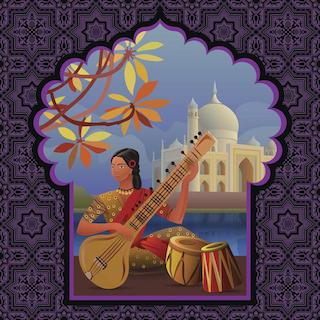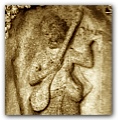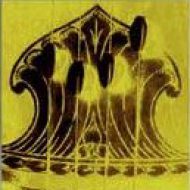
Gouri Dange, The Hindu, 11 May 2019 | Read the full article here >>
Every kind of music has a protocol for ‘beginners’ or ‘learners’. Students must practise paltay, alankaras, scales, études, tonalisation exercises, depending on the kind of music they pursue. […]
However, here’s the rub: for many learners, these ‘early’ ragas get translated in the mind as something very basic, or ‘shikau’, with a novice ring to them. They are seen, most misguidedly, as mundane, without the strut and stature of the ‘larger and later’ ragas that are taught after you are deemed fit to learn them. […]
It is surely a disservice to a raga and to those who lift it to its best potential, and even more so a disservice to the young student, to allow the mental stamping of some ragas as ‘learner material’. […]
The novelist, counsellor and music lover takes readers on a ramble through the Alladin’s cave of Indian music.
https://www.thehindu.com/entertainment/music/column-can-there-really-be-such-a-thing-as-a-learner-raga/article27093490.ece

Purandara Dāsa (1484-1564), a prolific poet-composer and mystic of Vijayanagar, introduced a music course that is followed to the present day. Since the 17th century, hundreds of ragas (melody types) have been distributed among 72 melakarta ragas (scales).
Learn & practice more
A brief introduction to Carnatic music (with music examples and interactive map)
Bhava and Rasa explained by V. Premalatha
Free “flow” exercises on this website
Introduction (values in the light of modernity)
Video | Keeping tala with hand gestures: Adi (8 beats) & Misra chapu (7 beats)
Why Carnatic Music Matters More Than Ever
Worldcat.org book and journal search (including Open Access)
